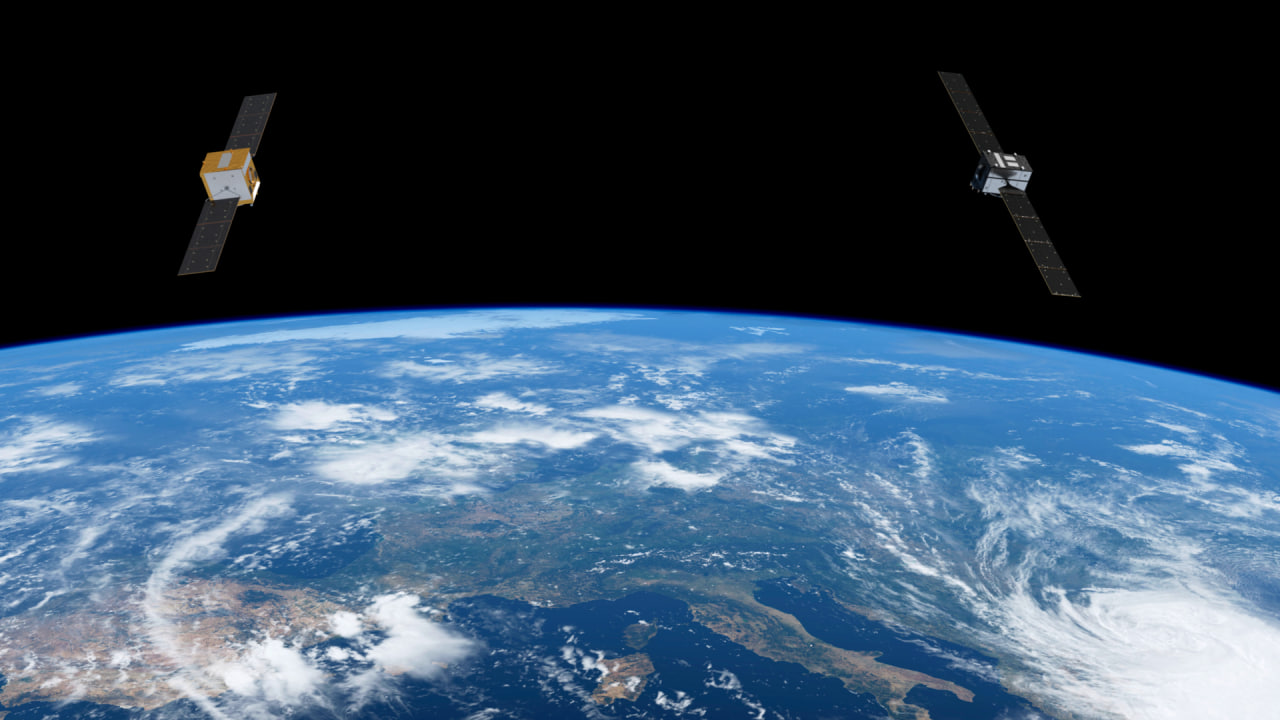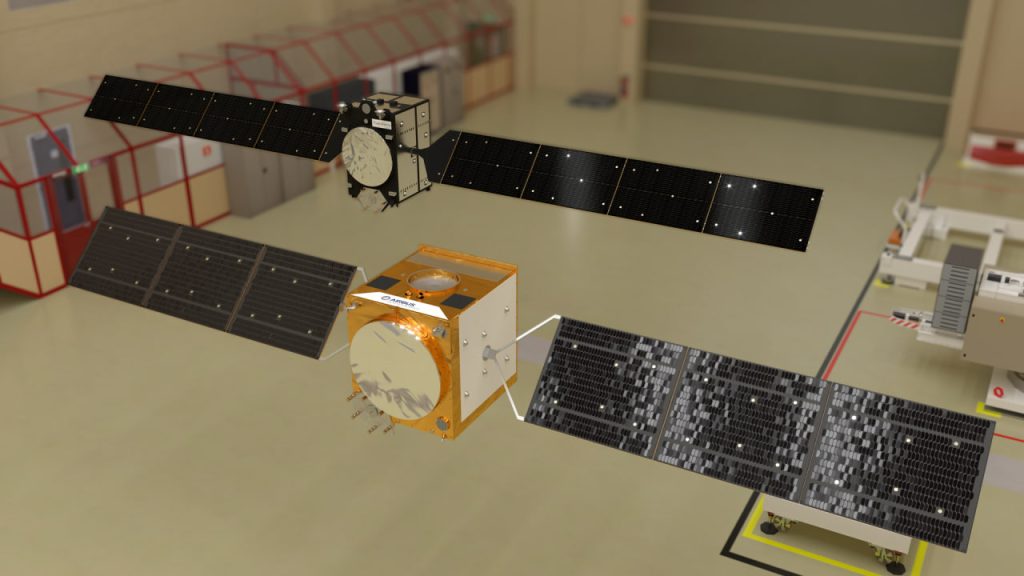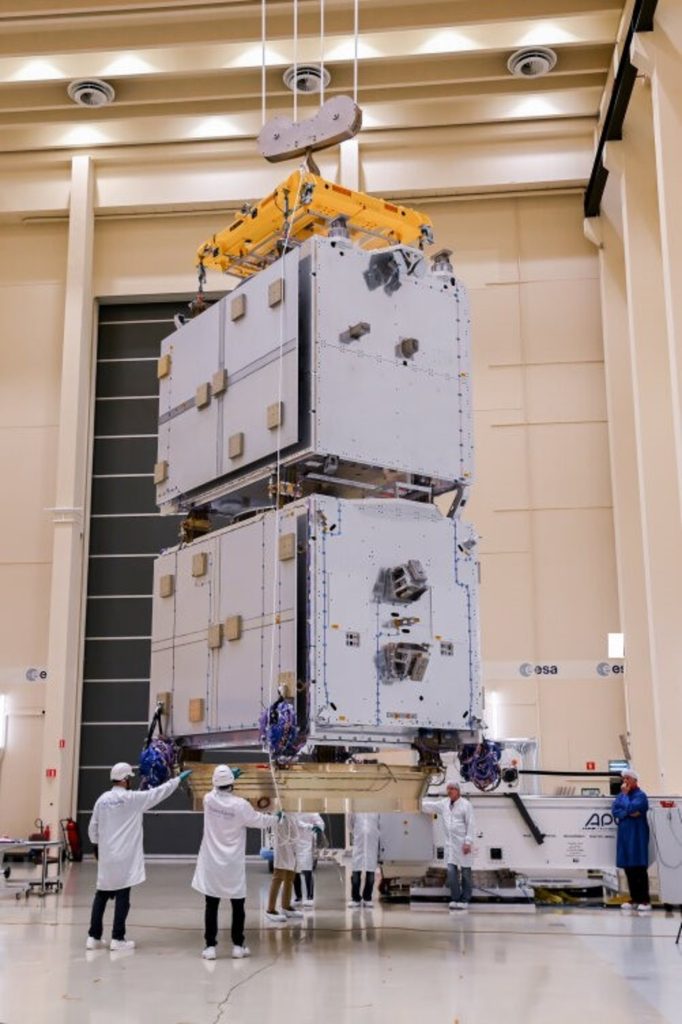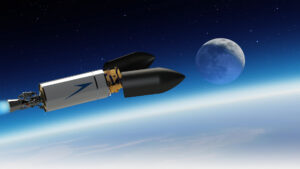Second Generation Galileo Satellites Ready for Series Production
19th Jun 2024
Experts have confirmed that the second-generation Galileo satellite designs meet all mission and performance requirements. By the end of this decade, six satellites from Airbus Defence and Space (G2SB1-B) and another six from Thales Alenia Space (G2SB1-A) will make up the first fleet of Galileo G2 satellites.
Successful Verification Before Going Into Production
Two independent Critical Design Review (CDR) commissions of senior experts from ESA, EUSPA, and the European Commission have confirmed that Galileo’s second-generation satellite designs fully comply with mission requirements.
The first CDR panel meeting was held on April 18, during which the Thales Alenia Space satellite design was discussed. The second meeting, held on May 16, reviewed the Airbus Defense and Space design. Both meetings took place at ESA ESTEC in the Netherlands after preliminary meetings at the respective companies’ offices.
Critical Design Review (CDR) completes an important design phase. This phase presents the final versions of analyses, models, schematics, program code, and test results. An engineering evaluation of the project is also performed. The CDR must be retained and approved before major production can begin.

This is a major achievement in developing 12 new series satellites capable of operating with the Galileo ground segment and the Ariane 6 launch vehicle. The new series of satellites will provide unprecedented positioning, navigation, and synchronization capabilities.
The Most Accurate Navigation System In The World
The Galileo system was conceived and developed in the Netherlands in the 1990s, at ESA’s technical centre, ESTEC, in Noordwijk. Since then, it has grown into Europe’s largest and one of the most important satellite systems.
Galileo is the most accurate satellite navigation system in the world. Its minimum accuracy is two meters, and in most cases, it is less than one meter. In high-precision mode, the system can determine a position with an accuracy of 20 centimetres horizontally and 40 centimetres vertically.
This satellite system plays a key role in logistics (rail transportation, maritime shipping), agriculture, and financial services.
The system assists in search and rescue operations by automatically activating when calls are made to 112 and helping to locate people in distress. In 2022, it helped about 1,400 people in the EU. Galileo satellites also transmit alerts and precise locations to rescue centres.
Global aviation also uses the system to ensure flight safety. It can be used in conjunction with GPS during non-critical phases of flight, including takeoff and landing.
In addition, all smartphones sold in the single European market are now mandatorily Galileo-enabled.
The Second Generation Of Galileo
ESA and European industry are working on the second generation of Galileo satellites. The new satellites will be equipped with digital navigation payloads, electric motors, improved atomic clocks, and more powerful antennas. This will provide even greater accuracy, high throughput inter-satellite communications, and a new level of flexibility and reliability.
Ultra-precise and reliable atomic clocks are a critical component of satellite navigation, determining overall system performance and positioning accuracy. The full innovation cycle of atomic clock technology, from the drawing board to launch in space, can take up to ten years.

The second-generation Galileo satellites will be launched in pairs, linked together, and connected to the launch vehicle before separation. Each satellite weighs more than 2,000 kilograms and, when folded, reaches a height of seven meters.
Second-generation launches will begin before the end of this decade.
Background
Galileo is the flagship program of the European Union, managed and funded by the European Commission.
Since its inception, the European Space Agency (ESA) has led the design, development, and qualification of space and ground systems, as well as providing launches.
Research and development for future Galileo also falls under the EU Horizon Europe program.
The EU Space Program Agency (EUSPA) is a service provider that oversees the market and application needs and ensures close interaction with users.
Galileo’s constellation of 30 first-generation satellites is currently in orbit, with two more ready for launch this September and six more in 2025.
The Galileo ground segment includes two control centres, a global network of transceiver stations, and many service facilities that provide Galileo services.
![[Updated] SpaceX Falcon 9 Rocket Successfully Launched Astra 1P Mission [Updated] SpaceX Falcon 9 Rocket Successfully Launched Astra 1P Mission](https://orbitaltoday.com/wp-content/uploads/2024/06/Astra-1P-satelliteto-launch-300x200.jpg)





Thank you for your comment! It will be visible on the site after moderation.